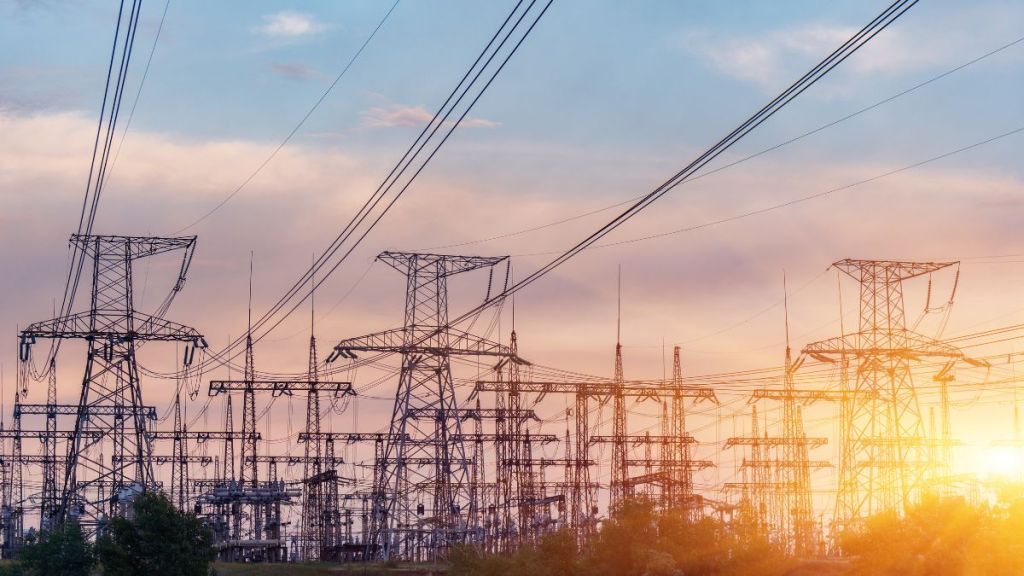The Centre’s bid to amend the Electricity Act 2003 and unleash another set of reforms comes at a time when the thermal power sector is showing signs of renewed investor interest after being bogged down by the “twin balance sheet crisis” for over a decade.
The proposed amendments also come against the background of cumulative losses worth over Rs 6.9 lakh crore in the distribution segment. The electricity value chain has seen multiple reforms-linked financial bailout packages over the last two decades and more, but all have produced sub-optimal outcomes.
The goal of creating a sustainable and financially resilient electricity sector looked elusive. Of course, releasing electricity subsidy amounts from state budgets has been rather prompt in recent years, helping ease the payment issues that turned away investors.
Smart metering and overall infrastructure upgrade has helped rein in the technical and commercial losses during distribution to an extent, with some states performing better than others. But with the key issues of cross-subsidy and lack of cost-reflective tariffs lingering, most discoms continue to bleed, are unable to properly maintain infrastructure, and remain guzzlers of taxpayers’ money.
India’s power demand will grow at a scorching pace over the next two decades, with per capita electricity consumption projected to rise fourfold. A grave power deficit loomed over the country during the past few summers except the latest, as supplies weren’t matching demand during peak hours.
The crisis hasn’t aggravated this summer thanks to a fortuitous mix of a longer monsoon season and surplus precipitation. Acutely aware of the lurking problem, the government has given a timely thrust to the thermal power sector while making all efforts to sustain the creditable pace of renewable energy (RE) capacity addition, which is crucial for energy transition.
With many states putting short-term political considerations over the sustainability of electricity markets, the Centre has gradually but surely sought to assume a greater role in the sector, which is in the Concurrent List of the Constitution. The Union power ministry during the Narendra Modi 2.0 government asked gencos to cut supplies to discoms that defaulted on payments, though without any legal sanction.
The latest set of legal amendments are far more than such incrementalism, as it seeks to make it mandatory for regulatory commissions to determine cost-reflective tariffs, with unfailing periodicity of once in a year, and without even having to wait for utilities to file for tariff revisions.
Other significant steps include removal of discoms’ supply obligation to large “open access” consumers and the freedom to charge them, with demonstrated ability to buy expensive spot power, a premium. The provision for distribution network sharing by multiple licensees will introduce real competition, enthuse investors, and spur large-scale privatisation of the last but the most crucial part of the electricity value chain.
These, other such measures, and more particularly, the plan to set up a national-level Electricity Council, akin to the Goods and Services Tax (GST) Council chaired by the Union minister of power to “advise” the Centre and states on policy matters and foster consensus on reforms may invite resistance from some states, but are worth pushing through. States will have flexibility to support the really needy among consumers with “advance” subsidies. In the case of any legal challenge to the Centre’s move, the Supreme Court’s 2025 judgement in the BSES Rajdhani Power case where it held that electricity tariffs must be cost-reflective might come in handy for it.

